The Hanging Church
Standing atop 2nd-century Roman ruins, this church is one of the oldest and most iconic in Old Cairo.
Contrary to what its name implies, the Hanging Church—Al Moallaqa—is not actually suspended from anything. Its unusual moniker comes from the fact that it’s built on top of the gates of an old Roman fortress.
Located within Old Coptic Cairo (Masr al-Qadima) in what was ancient Egypt’s Heliopolite Nome, the Hanging Church is just a stone’s throw from the famous Babylon Fortress. The imposing stronghold was built by edict of the Roman emperor Diocletian, near the harbor settlement and canal commissioned years before by Emperor Trajan.
Trajan’s 2nd-century canal was not the first attempt to build a waterway from the Nile to the Red Sea. There is evidence of Pharaonic and Achaemenid efforts—such as those undertaken by Seti I and Darius I, respectively—to excavate a channel connecting the river to the sea. Needless to say, the Hanging Church sits on land of great historical significance.
Although its first mention came much later, the first iteration of the Hanging Church likely appeared in the 3rd or 4th century, beginning as a humble construction with palm logs and stones as a foundation. A more permanent structure was built in the 690s. In 1047, the Coptic Orthodox pope’s seat was moved from its historical home in Alexandria to the Hanging Church, where it remained until the 13th century.
Beyond its historical and religious importance, the church has a number of architecturally distinguishing features. Two bell towers loom above the church, which as a whole is modeled to resemble Noah’s ark. Notably, the church is one of the first in Egypt to be built in the style of a basilica. The porch, which dates to the 11th century, has somewhat miraculously survived centuries of shuffling feet and processions.
Beautiful lotus-shaped inlaid wooden panels decorate the wall above the altar just below images of Jesus’s disciplines, who are painted in a distinctly Coptic style. Some influence from Islamic art traditions can be detected on the church’s outer façade. Now located in the British Museum, 10 cedarwood panels from around 1300 once adorned the screen doors of a chapel. These panels are covered in intricate feast scenes and representations of biblical events such as the Nativity, Baptism, and Pentecost.
The Hanging Church isn’t the only must-see ancient edifice in the vicinity. Nearby is the ‘Amr Ibn Al-‘As mosque, named after the Arab general who led the conquest of Egypt in 640. Not only is this mosque the first built in Egypt, it’s also the first in the entirety of Africa. A short walk away is the Ben Ezra Synagogue, an architectural gem and one of the last remaining testaments to the once-vibrant Egyptian Jewish community. Mari Girgis (St. George) Church, Abu Serga Church, and the Convent of St. George are other centuries-old holy sites in the neighborhood. History buffs should pop into the Coptic Museum, which is also located by the Hanging Church.
Like the Nile, Egypt is overflowing—overflowing with sights, sounds, people, and, most of all, historical sights. It is nearly impossible for the casual traveler to see everything. Nonetheless, the Hanging Church and the famous buildings in its proximity should not be skipped.
Know Before You Go
There is no cost for admission. The church is open every day from 9 a.m. to 5 p.m. Coptic Mass is held from 8 a.m. to 11 a.m. on Wednesdays and Fridays, and from 9 a.m. to 11 a.m. on Sundays. Visitors are welcome to observe. There is no strict dress code, but it's better to wear clothing that goes down to at least your knees and avoid spaghetti straps.




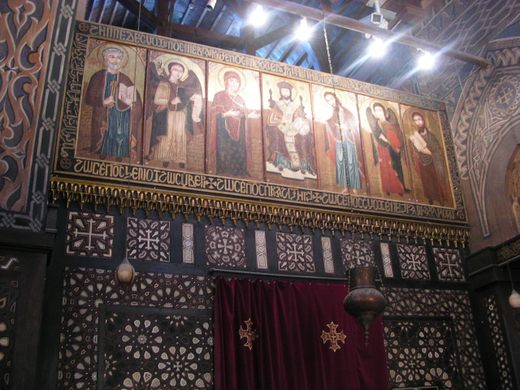
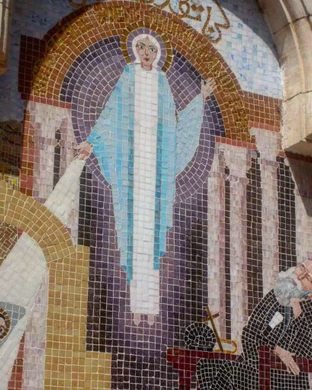


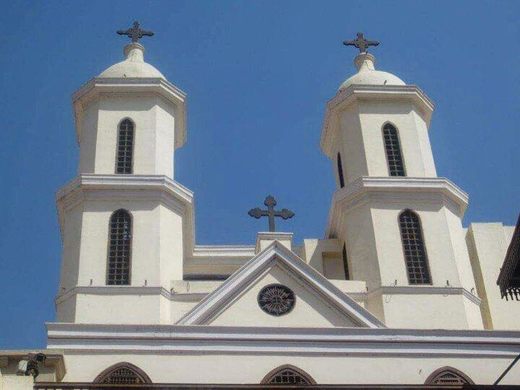


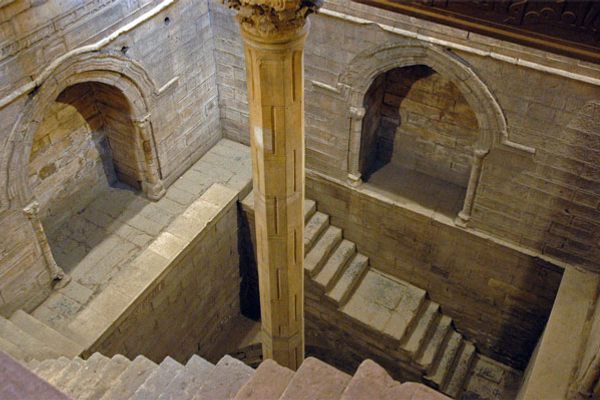


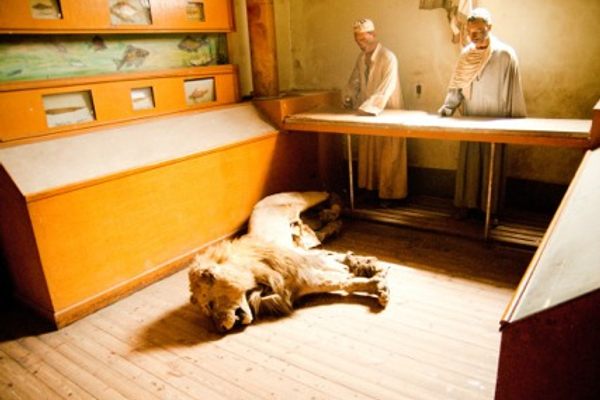

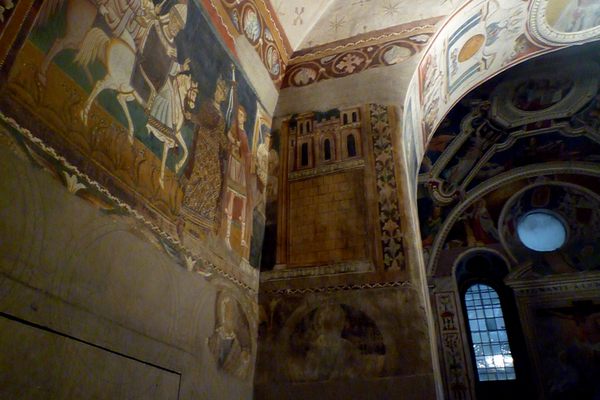



Follow us on Twitter to get the latest on the world's hidden wonders.
Like us on Facebook to get the latest on the world's hidden wonders.
Follow us on Twitter Like us on Facebook